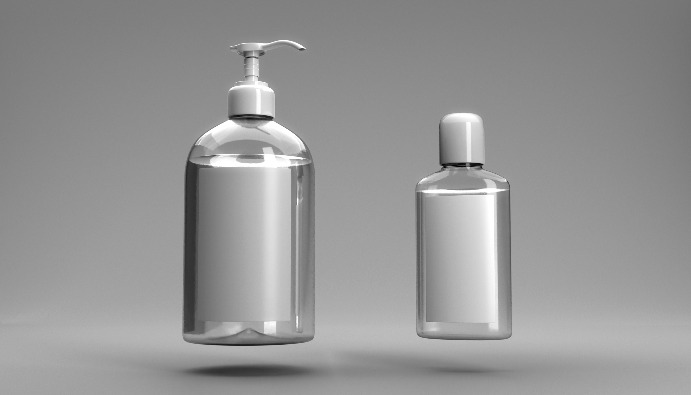Harmonization Studies with Packaging: Cosmetics -Biocides
Harmonization with Packaging in Cosmetics and Biocidal Products

Harmony with Packaging
Packaging should be capable of protecting the product until it reaches the consumer and during the consumption process. However, some migrant materials may migrate from some packaging materials to the product due to their physical and chemical properties or external factors.
These migrants may have toxic, carcinogenic effects. Cosmetic and biocidal products are products in direct contact with the skin. Therefore, the migration of harmful components into cosmetic or biocidal products affects human health.
The packaging of cosmetic and biocidal products undergo some tests within the scope of harmonization studies. Within the scope of the tests, the transition from the primary packaging to the product formula and the results caused by this transition are evaluated.
Packaging Compliance Studies are evaluated under 3 headings.
- Total Migration
- Specific Migration
- VOCs
- SCHCs
- PAH
- Antibacterial Evaluation
- Total Bacteria, Mold, Yeast
- Organoleptic Test
- Plastic Performance Tests
Cosmetic Products and Packaging Compliance
The packaging of cosmetic products is not only an aesthetic element, but also fulfills an important function for the safety, efficacy and longevity of the product. The packaging should be suitable for the formulation of the cosmetic product, protect the product from external factors and provide convenience to the user during use.
Things to Consider in Cosmetic Product Packaging:
- Material Selection: The formulations of cosmetic products usually consist of sensitive ingredients. Therefore, the packaging must be compatible with the components of the product. For example, some ingredients may react with plastic or leak. Therefore, packaging materials (glass, metal, suitable types of plastic, etc.) should be selected that are suitable for the chemical content of the product.
- Protective Properties: Some cosmetic products are sensitive to changes in light, air, humidity or temperature. Appropriate packaging should prevent product spoilage, provide a protective barrier and keep the product fresh. This can be achieved, for example, by using UV protective packaging.
- Hygienic and Practical Use: It is very important that the packaging is user-friendly. The packaging of cosmetic products should ensure that the product can be used hygienically and be easily accessible to the user. In addition, quantity control should be possible and the contents of the packaging should be fully usable.
- Certificates and Labeling: The packaging of cosmetic products must comply with legal regulations. Information such as ingredients, instructions for use, warnings and expiration date must be included on the packaging. It may also be noted that the products have certifications such as cruelty-free, vegan or organic.
Biocidal Products and Packaging Compliance
Biocidal products are products used to control microorganisms and are very important for health and environmental safety. Such products must be stored in the right packaging to maintain their effectiveness. The packaging of biocidal products is critical for maintaining the effectiveness of the product, ensuring its safety and ensuring that users use it correctly.
Things to Consider in Biocidal Product Packaging:
- Protection from Harmful Agents: In order for biocidal products to maintain their effectiveness, their packaging must protect the active ingredients of the product from external factors (air, light, moisture, etc.). For example, a biocidal product that kills bacteria may be sensitive to light, so it is necessary to use opaque packaging.
- Protection against Children: Biocidal products can often have toxic properties. Therefore, the packaging needs to be safe, especially from access by children. Child-proof closures and leak-proof packaging are important to ensure the safety of products.
- Tightness and robustness: Since biocidal products contain chemicals, tightness is an important factor. The packaging, especially in liquid forms, must be leak-proof and the contents must not overflow. In addition, the packaging of biocidal products must be robust during transportation and storage and must prevent damage to the contents.
- Compliance with Legal Regulations: The packaging of biocidal products must comply with certain legal regulations and standards. Instructions for use, safety warnings, active ingredients, expiry date and other important information must be correctly labeled on the packaging. In addition, care should be taken to ensure that the packaging is environmentally friendly.
Nanolab Laboratories Group continues to provide services within the scope of Biocidal Product Analysis. We also provide services in Cosmetic Product Analysis.
Contact us for more information.
You can follow us on LinkedIn for up-to-date news and posts about our services.
Follow our Instagram account to be informed about our latest blog posts.

